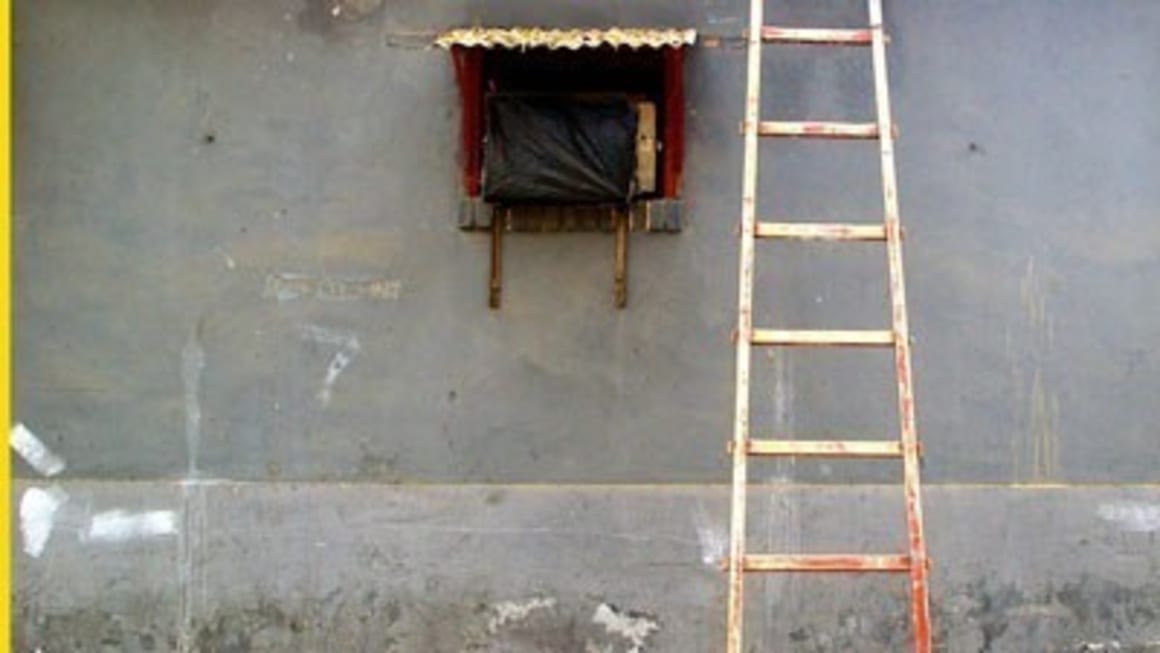One in 10 buyers choosing to “rent to invest”

While first home buyer numbers decline, rent-to-invest property buying appears to be on the rise, according market analysts and commentators.
Renter-investors refer to generally younger buyers who choose to forgo the first home owner grant and purchase an investment property as their first home.
Mortgage broker Smartline has noticed a growing number of first-time buyers who are foregoing the grant in order to get into the property market.
Earlier this year, Terry Burke, professor of housing studies at Swinburne University, estimated 11% of all residential properties are purchased by people who rent their own homes.
Burke says the rise of young "renter-investors" mirrors the decline of first home buyers.
According to latest Real Estate Institute of Australia statistics, first home buyers have declined to just 16% of new finance commitments in the March quarter.
At the same time, the number of borrowers taking out investment loans continues to hold steady. According to figures for June 2011 compiled by AFG, property investors still account for more than a third of investment loans (36.2%) recommended by its mortgage brokers.
Chris Acret, managing director of Smartline Personal Mortgage Advisors, says the growing number of renter-investors is being driven by a desire to live nearer to suburbs that suit their lifestyle, with attractions such as beaches, cafés, and city proximity) and nearer to their workplaces.
“With the cost of properties located in these ‘lifestyle areas’ out of reach for many first-home buyers, they’re taking a more creative approach,’ he says.
There are also financial incentives: if properties are held for a longer period of time, investors can draw on the equity to fund a home or additional investment properties and avoid paying selling costs and capital gains tax.
“There are also a range of options available to minimise cashflow shortfalls when owning an investment property, such as making interest only payments, maintaining depreciation schedules, conducting regular rent reviews, and having tax adjustments paid back to you monthly,” Mr Acret explains.
McGrath Real Estate CEO John McGrath has also noted more first home owners entering the market as investors.
Faced with prospect of renting for life to live in desirable lifestyle locations, McGrath says they are choosing to invest in properties outside the CBD inner ring.
He says while they must forgo the first home owner grant, there are significant tax benefits in being negatively geared.
Furthermore, he says strong rental returns make it easier to manage repayments on an investment loan.
“I have long advocated home ownership as a cornerstone investment in people’s financial future. However, I would rather see young Australians buying an investment property than doing nothing at all,” he says.
McGrath says renting-investing is entirely do-able if a buyer is on a good income.
While mortgage broker Mortgage Choice does not have specific data on renter-investors, a survey of 1,000 first home buyers carried out in February suggests a growing number are thinking along those lines.
It found that 14.2% of first home buyers who will purchase a home in the next two years intend to rent out one or more of the rooms, compared with 7.8% of recent first home buyers who already rent out a room in their homes.